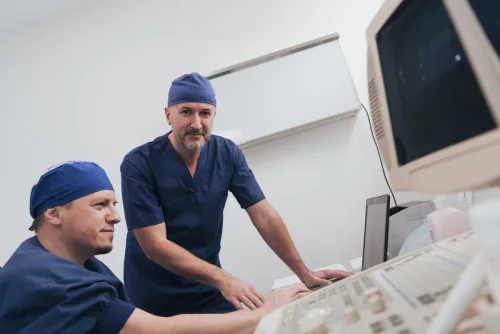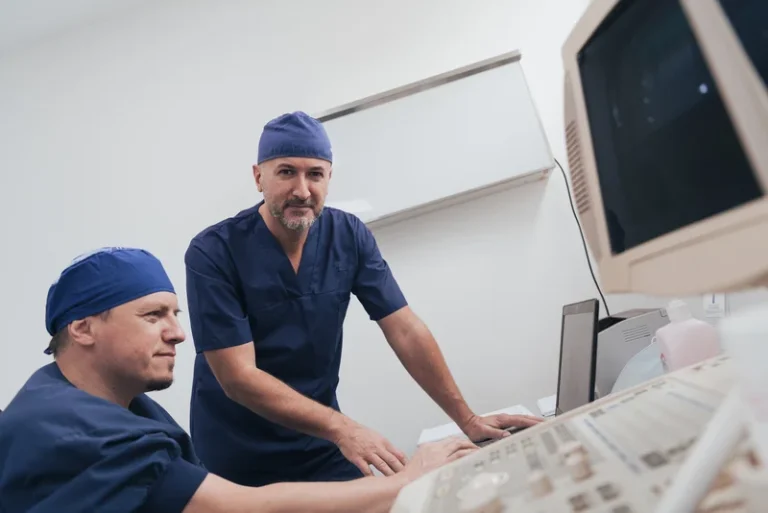
Intravenous (IV) drug users are at risk for severe vein damage, making the administration of life-saving drugs a challenge. According to the National Highway Traffic Safety Administration, Emergency Medical Services (EMS) cover ascope of treatmentthat allows first responders to administer medication through an intravenous line. The use of intravenous opioids is linked to a higher risk to the individual developing a substance abuse problem than people who misuse drugs in other ways. Addiction to drugs over time causes tolerance, so you have to take more to get the same effects. The brain becomes dependent on the medication for normal functioning if you use more and more drugs. Addiction to substances such as drugs can lead to dependency and eventually lead to drug dependency.
- If left to heal, a collapsed vein may show improvement after the inflammation has gone down.
- As important as preparing your drugs as cleanly as possible is injecting them as safely and as carefully as possible.
- You can book sessions in-clinic, via mobile IV service, or even in-home if convenience is key.
- Rates of needle sharing among injecting drug users have declined during the 21st Century, leading to a decrease in viral infections from this transmission method.
- When muscle-popping, it is extremely important to inject only a solution that is as particle-free as possible.
Why IV Drug Use Produces Infection

When injecting into a muscle, insert the needle in one quick stab straight into the injection site at a 90° angle to the body. You definitely want to draw your plunger back slightly to make sure no blood comes into the syringe. If blood does appear, you’ve hit a blood vessel and need to pull out and try again. Don’t apply creams, salves or oils you use to treat your track marks iv drug use or bruising until the injection wound has begun to close (a couple of hours after injecting) otherwise you might cause an infection. Treat missed shots (those that ended up somewhere other than in your vein) immediately with a warm water soak or compress to reduce the likelihood of irritation and abscess formation. Warmth will open the capillaries and bring disease-fighting white blood cells to the affected area.
Direct IV injections

Common symptoms from septic thrombophlebitis include tenderness and inflammation of the skin overlying the vein. Cellulitis is a common bacterial skin infection that can result in red streaking of the skin, tenderness, inflammation and pain in the infected area. If cellulitis is left untreated, it can cause serious complications and health problems. Continual injections at the same site can cause scarring, bruising and even vein collapse. With continual intravenous injections through the same vein, the vein’s internal lining may become inflamed and collapse. A collapsed vein can no longer function properly, and blood does not travel through this vein anymore.

Common Intravenous Drugs of Abuse
IV drugs are very strong, and converting to IV drug use is a sign of a more advanced addiction. IV drug use also indicates that someone is taking more risks to use drugs, potentially risking a lifelong infection that could be fatal. When addiction has progressed to this level of severity, professional treatment is often necessary. Hepatitis Cvirus (HCV) is another type of infection that is typically only transmitted through blood. HCV infection is10 times more contagiousthan HIV, making it a greater concern for people who may be exposed to it.
- First, IV drugs can be laced with potent substances such as fentanyl or even animal tranquilizers.
- Injecting intravenously usually gives the user a “rush” that many people report to be extremely pleasurable, a sensation that does not occur with intramuscular or subcutaneous injection.
- A report claims that up to 89 per cent of street drugs are infected with at least one pathogen.
Intravenous Drug Use: Know the Risks

The benefit of a direct IV injection is that it delivers the necessary dose of a drug very quickly, which helps it take effect as rapidly as possible. A central line, or a central venous catheter, accesses a more central vein within the torso, such as the vena cava. Healthcare professionals use X-rays to determine the ideal placement of the line. A peripheral line may be useful for both rapid injections and time-based infusions. Sadly, something called the “drug ceiling effect” can occur, where the drug will reach its maximum effect regardless of taking higher doses. This means a person may take a higher dose of IV drugs in an attempt to regain the same level of “high” as before, but the drug won’t actually provide the high due to the drug’s ceiling effect.

Without adequate blood flow, the injury is unable to heal properly and can turn into an ulcer. In countries where harm reduction programs are limited or non-existent, it is quite common for IV users to use a single needle repeatedly or share with other users. Oxford House It is also quite uncommon for a sterilizing agent to be used on needles and syringes. This creates a high risk population for the spread of bloodborne pathogens.
- Clinical and microbiological recurrence of bacteremia was defined as recurring positive blood cultures at least 7 days from clearance of index bacteria.
- Without adequate blood flow, the injury is unable to heal properly and can turn into an ulcer.
- Most methadone maintenance programs aim to address harm reduction by keeping addicts from committing additional crimes like injecting street drugs.
